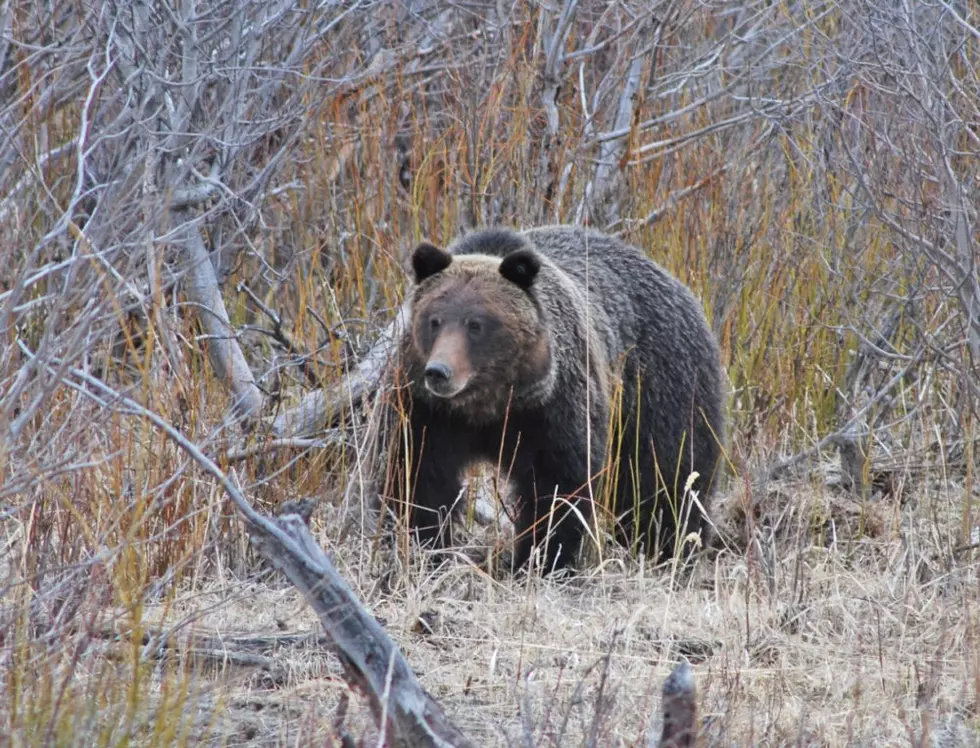
Viewpoint: Amid deception, restore pledge to grizzly bear protection
David Mattson
The Governors of Wyoming, Montana, and Idaho have been moving Heaven and Earth to expedite removal of Endangered Species Act protections for grizzly bears and return management to the states.
This devolution of authority would predictably result in efforts to reduce sizes of grizzly bear populations in the Greater Yellowstone and Northern Continental Divide Ecosystems, including through use of a trophy hunt.
At every turn, the governors have pointed to increasing bear numbers and human-bear conflicts as justification for removing protections and implementing punitive management.
In total, we currently have perhaps a tad more than 2,000 grizzly bears, about 4 percent of the West-wide population during the mid-1800s and roughly twice what we had in the 1970s and 1980s, but distributed among four isolated or semi-isolated populations.
Importantly, even the most optimistic population estimates do not provide reasonable assurance that grizzlies will survive in the Rockies. The emerging scientific consensus is that 2,000-8,000 bears—all in a single inter-breeding population—are needed to guarantee long-term viability.
By this standard our comparatively small and isolated populations are at risk. Management designed to reduce population sizes and perpetuate isolation would only compound this risk, as does the deteriorating environmental conditions we’re already seeing.
Perhaps even more problematic, the politicians who so ardently promote removing ESA protections neglect history and almost totally disregard the interests and values of most people in this country.
Grizzlies in the contiguous U.S. nearly succumbed to the murderous attitudes of European settlers in a startlingly brief 50-year period between 1870 and 1920. Small populations hung on in ecosystems centered on Yellowstone and Glacier National Parks as well as in northern Idaho and far northwestern Montana.
Hard-fought implementation of the Endangered Species Act since the mid-1970s has rescued grizzly bear populations in the Yellowstone and Northern Continental Divide Ecosystems from their perilous state, although encounters with hunters, poachers, and conflicts with humans over livestock and garbage remain a source of worrisome mortality. Loss of key foods is also a threat.
Tragically, populations in the Selkirk Mountains and Cabinet-Yaak region barely survive due to loss of secure habitat and the toll taken by poachers. A Recovery Area centered on north-central Idaho has only a handful of bears.
I grew up in the Black Hills of South Dakota, not too far from where the last grizzlies in the region were killed. Coyotes and white-tailed deer were our largest surviving native mammals. Later during my career as a wildlife researcher I was able to draw inspiration from the rescue of our surviving critically-imperiled grizzly bear populations.
My field studies also allowed me to experience the magic of grizzly bears through numerous close encounters—a magic that millions of visitors to Yellowstone, Grand Teton, and Glacier National Parks have experienced from afar. We are rediscovering what indigenous people have known for a long time: that grizzlies are a source of powerful medicine.
The management regime being developed by state managers and politicians seems to dismiss this inspiring connection between humans and bears out of hand—in addition to being anything but precautionary.
Now is not the time to remove federal Endangered Species Act protections for grizzlies. Their populations are too small, fragmented, and subject to deteriorating environmental conditions. More important, politicians in the northern Rockies promise imprudent and vengeful management.
If anything, we should be redoubling our commitment to restoring and protecting grizzly bears. The bears, as well as the multitudes of people throughout our country who cherish them, deserve no less.
